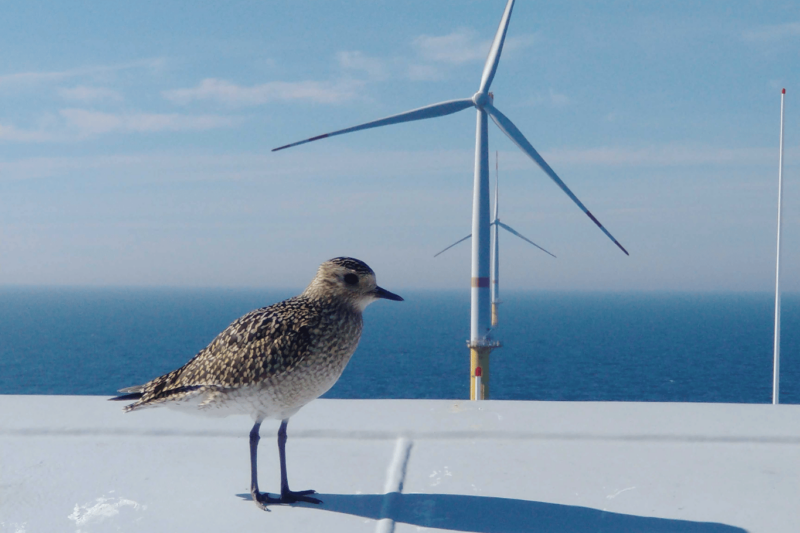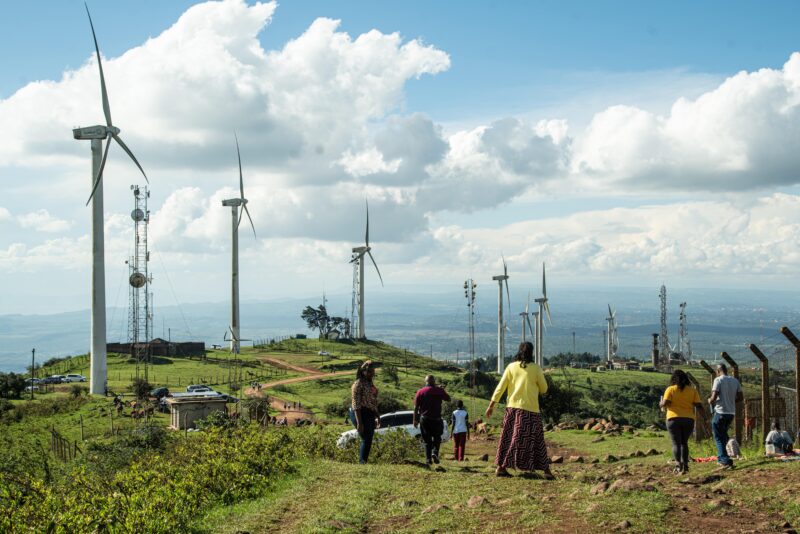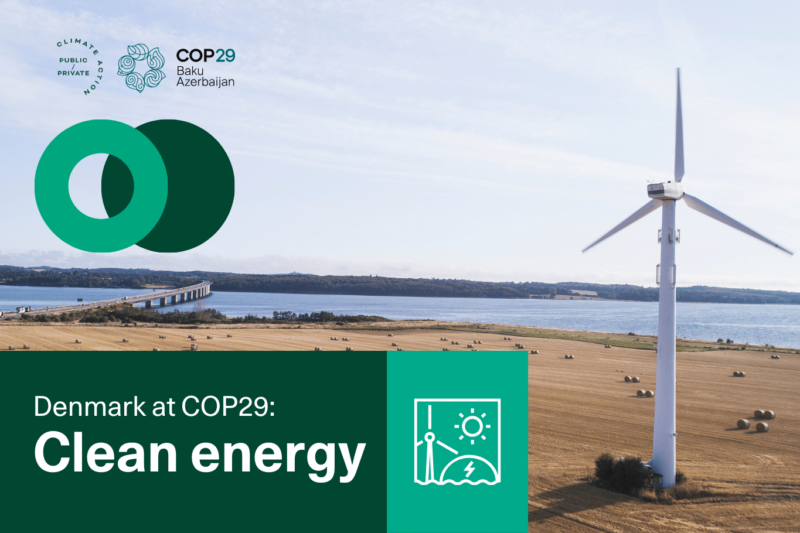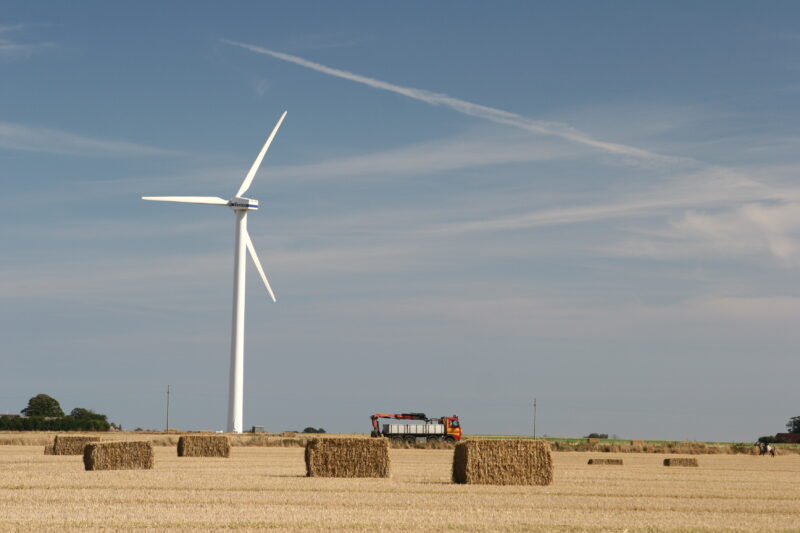News
Air pollution
Wind energy
China’s electric power sector is key for the planet’s future


China's green transition is possible and will benefit the climate, air pollution, water usage and the economy, an analysis from the Danish supported China National Renewable Energy Centre (CNREC) shows.
Since 2000, China has increased its electricity consumption tremendously and most of this consumption is covered by coal power plants. In order to reduce the effects of global warming, China needs to reduce their coal consumption significantly and replace it with wind turbines and solar panels.
Senior expert Kaare Sandholt from the Danish supported renewable energy centre in China assesses that it is feasible to reduce China’s CO2 emissions with 60-70 per cent by 2050. If China succeeds, the country will be contributing notably to keeping the global temperature from rising above two degrees Celsius.
-Related solution: International partnerships for energy transformation
“We can prove that in 2050, China will be able to rely on an energy system with significantly less use of both coal and oil”, said Kaare Sandholt on the basis of the China Renewable Outlook 2018, which was launched during the ongoing COP24 in Poland during an event co-hosted by State of Green, which is a sign of a well-functioning partnership between China and Denmark.
Denmark as a role model
Managing director, Lars Aagaard from Danish Energy points to the fact that because China is the world leader in CO2 emissions, their current situation is extremely important for our global climate. If Denmark can inspire China as well as other countries, it would have a positive effect on the climate and hopefully also on the Danish export, he argues.
-Related solution: The lost city of Benxi is back on the map
“In Denmark, the energy system is particularly well built. During the past 25 years, the use of coal has been reduced by more than 80 per cent and wind power is now covering approximately 45 per cent of our energy use. Danes have electricity in their power outlets more than 99,99 per cent of the time. We have a success story to tell”, said Lars Aagaard who is participating in COP24.
China as a centre for innovation
China Renewable Outlook presents two scenarios towards 2050 (Stated Policies and Below 2 Celsius). In both scenarios, the coal consumption is reduced and a significant amount of renewable energy sources are established, producing climate-friendly electricity to an increasingly electrified society.
The analysis also suggests that it may be economically viable for China to go 'all in' on renewable energy due to the low prices on wind turbines and solar panels, which also became evident in the latest renewable energy tender in Denmark.
In China, the increased capacity of cheap green electricity will promote the electrification of the transport and heating sectors:
“The energy consumption in China can double by 2050, which requires an expansion of the electricity grid. At the moment, it does not seem as if it needs to be an excessive expansion”, said Kaare Sandholt, referring to CNREC’s calculations of the Chinese energy system.
“In Denmark, we also see a future with rising energy consumption for data centres, electric cars, and water pumps, etc. The electrification of the transport system and the heating sector is crucial for reaching the climate goals all over the world, including China and Denmark”, said Lars Aagaard.
Danish inspiration for flexible power plants
The analysis from CNREC shows that in spite of any significant phase-out of coal, a significant number of coal-fired power plants will still remain in China - also in 2050.
Consequently, the task will be to make these power plants as flexible as possible so that they together with hydropower and nuclear power can support an energy system with huge amounts of varying energy production from wind turbines and solar panels. This is why Chinese delegations often visit Danish renewable energy company Ørsted and other Danish power plant owners to learn how to make power plants more flexible.
“On a daily basis, Danish power plants are showing that they can work together with wind energy. Sustainable biomass and other green solutions are replacing the remaining coal, which means that in a couple of years we will have left the coal age. The combination of climate-friendly electricity and the technological development, we are experiencing in relation to electric cars, buses, and ferries, has also started the countdown of the era of fossil fuels”, said Lars Aagaard.
Related links:
China Renewable Energy Outlook 2018 (resume)
Source: Danish Energy















